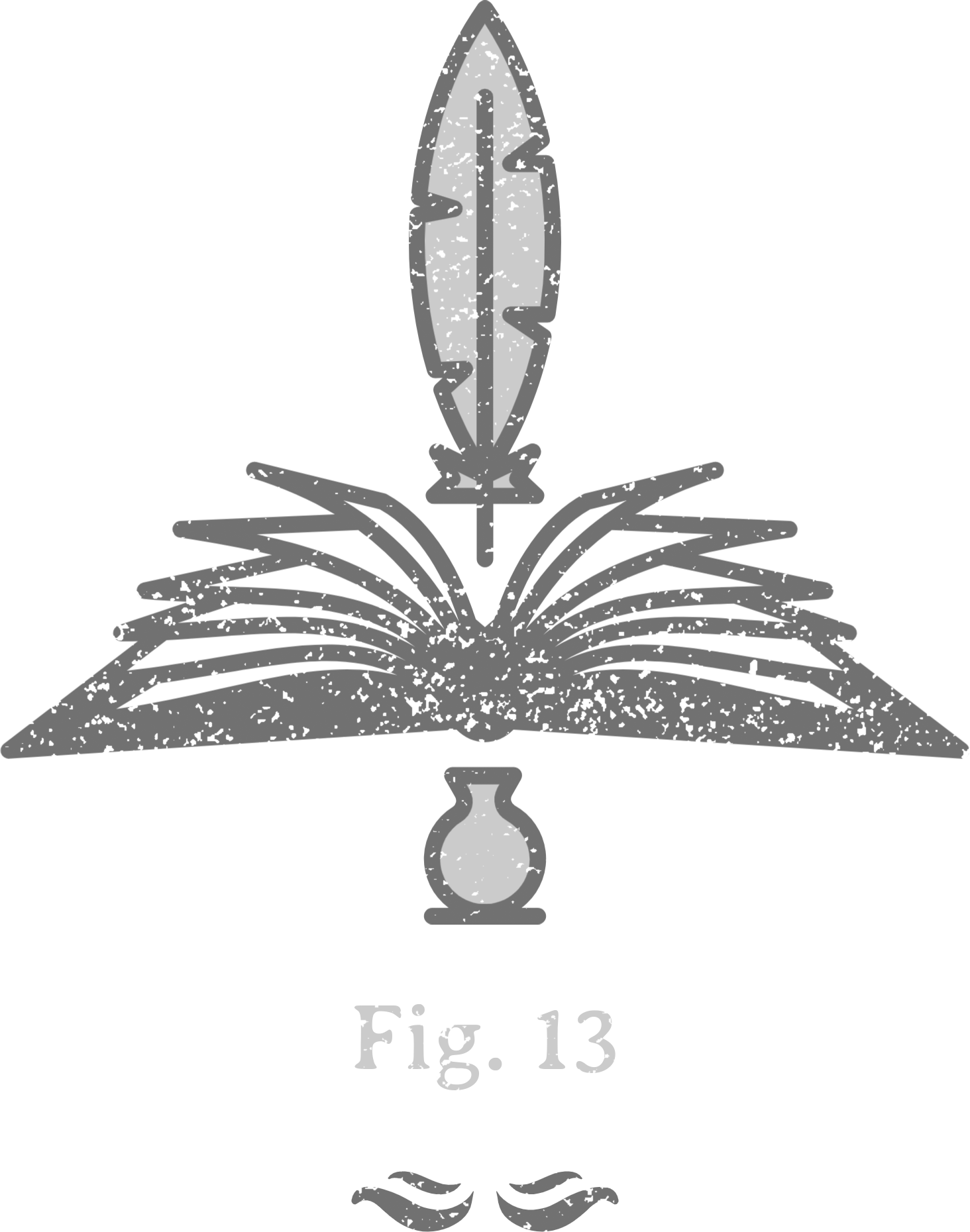
Why 30 Rock's Writing is Pure Genius: Inside Jokes, Plot Twists, and Secrets You Missed
"You can tell how smart people are by what they laugh at." – Tina Fey
NBC’s 30 Rock (2006-2013) is often celebrated as one of the smartest and most innovative shows of its time. Created by Tina Fey, the show is a satirical take on the behind-the-scenes chaos of a live sketch-comedy show, TGS with Tracy Jordan, while following the quirky personal lives of its cast and crew. What made 30 Rock truly unique wasn’t just the sharp one-liners or zany characters, but the layered and intricate writing. From clever inside jokes that pay off episodes (or even seasons) later, to an A/B/C plot structure that keeps things fast-paced and packed with humor, the show offered a treasure trove of smart comedy and great storytelling.
In this article, we’ll explore how 30 Rock used these techniques to great effect, and how they increased the show’s replay value—making it a favorite for repeated viewings. Plus, we’ll look at how the same techniques can be applied to long-form storytelling, like writing a book series, to hook readers and keep them engaged over time.
Inside Jokes and Running Gags: Building a World Through Humor
One of the best things about 30 Rock is its love of inside jokes and running gags. Many sitcoms use this type of humor, but 30 Rock takes it to the next level, crafting jokes that might not fully pay off until several episodes, or even seasons, later. It’s like the writers knew they had a loyal audience and they wanted to reward those viewers who were paying close attention.
Take Dr. Leo Spaceman (pronounced “spah-che-man”), for example. Played by Chris Parnell, he’s the show’s hilariously incompetent doctor, giving out medical advice that’s so ridiculous you can’t believe he has a license. In one episode, he suggests dolphin laughter as a cure for a patient, and in another, he prescribes absurdly high doses of dangerous medications. Each time he appears, the joke gets bigger, and for fans who’ve seen him before, just the sight of him sparks laughter. He doesn’t even need to say anything because you know what kind of absurdity is about to happen.
Then there’s Kenneth Parcell, the impossibly cheerful NBC page played by Jack McBrayer. Throughout the series, there are subtle hints that Kenneth might be immortal. He’ll casually drop comments like, “I’ve been here since before electricity” or “I remember when they built the pyramids.” These little clues pop up every so often and, while funny at first, they eventually build up to a bigger joke by the series finale. Fans who followed Kenneth’s storyline from the beginning were in on this long-running gag, and it felt like a reward for sticking with the show.

These inside jokes and recurring gags don’t just make 30 Rock funnier; they also create a sense of continuity. It’s like the writers are giving fans a wink, saying, “We remember what we wrote before, and so do you.” This not only makes the show fun to watch the first time, but it also adds a layer of enjoyment when you go back and rewatch it, catching jokes or references you might have missed.
How Inside Jokes Work in Book Series
Book series can use these same techniques to reward readers. For example, in J.K. Rowling’s Harry Potter series, seemingly small details introduced in early books become hugely important later on. The vanishing cabinet, which first shows up in Chamber of Secrets, becomes a major plot device in Half-Blood Prince. Readers who pick up on these little details feel like they’re part of an inside club, getting a payoff for remembering something that seemed minor at the time.
If you’re writing a book series, consider planting small jokes, clues, or mysteries early on that don’t pay off right away. By doing this, you create an experience where readers are eager to come back to earlier books or are excited when they finally see how everything connects.
The A/B/C Plot Structure: Keeping Things Fresh and Engaging
Another key element of 30 Rock’s writing is its use of multiple storylines, often called the A/B/C plot structure. In this style of screenwriting, the “A” plot is the main storyline of the episode, while the “B” and “C” plots are smaller, secondary storylines. By running these plots at the same time, the show keeps the pace fast and constantly entertaining. This structure also allows for more character development and gives different characters their own moments to shine.
A typical 30 Rock episode might have Liz Lemon (Tina Fey) dealing with a major personal or work-related issue as the main “A” plot. At the same time, Tracy Jordan (Tracy Morgan) is off doing something outrageous in the “B” plot, like launching his own line of meat machines, while Jack Donaghy (Alec Baldwin) is scheming his way through corporate drama in the “C” plot. These storylines are often wildly different, but they weave together beautifully, with the episode wrapping them up in a funny or satisfying way.
One episode that showcases this brilliantly is “MILF Island” from season two. The A plot involves Liz trying to figure out which coworker trashed her in an anonymous survey. Meanwhile, the B plot follows Jack as he tries to navigate a scandal surrounding the reality show MILF Island. The C plot? The ridiculous reality show itself, which parodies shows like Survivor. These three plots work together, bouncing between them at breakneck speed, keeping viewers engaged with something fresh in every scene.
This structure allows 30 Rock to pack a ton of story and jokes into a single episode, but it also makes the episodes more fun to rewatch. You might focus on Liz’s storyline the first time around, but when you watch it again, you’ll notice more of the jokes in Tracy’s or Jack’s subplot. This adds layers to the humor, making it feel like there’s always something new to discover on each viewing.
“The brilliance of 30 Rock isn’t just in the jokes you laugh at the first time—it’s in the ones you only catch after watching it for the fifth.“
A/B/C Plot Structure in Book Series
For writers, especially those working on a book series, this kind of plotting can be a great way to keep readers hooked. Instead of focusing on just one main plotline, consider weaving in secondary and even tertiary stories that can add depth to your world and characters.
George R.R. Martin’s A Song of Ice and Fire series does this masterfully. Each chapter jumps between different character perspectives, often in completely different parts of the world. While one character might be dealing with political intrigue (the “A” plot), another character is on a personal journey that ties into the larger story (the “B” plot), and yet another is caught up in a mystical subplot that slowly builds in the background (the “C” plot). These different threads keep readers invested, and the interplay between them creates a rich, complex world.
By having multiple plots running throughout your series, you can maintain reader interest and keep your world feeling alive and dynamic. Readers will appreciate the variety, and, just like with 30 Rock, they’ll likely find new details on a second read-through, deepening their connection to the story.
Replay Value: Why We Keep Coming Back to 30 Rock
One of the reasons 30 Rock remains beloved is its incredible replay value. It’s not just a show you watch once; it’s one you can watch over and over, finding new things to laugh at each time. The humor is fast and layered, with jokes coming so quickly that it’s impossible to catch everything on the first viewing.
30 Rock packs its episodes with visual gags, wordplay, and obscure references that can easily fly under the radar. For instance, Tracy Jordan might be doing something completely insane in the background while another character is talking, or there might be a blink-and-you-miss-it joke, like a throwaway line about a ridiculous product Tracy is endorsing (like his infamous “Meat Machine”). On your first watch, you might only catch the main jokes, but the second time around, you’ll notice those extra layers of humor.
The show also throws in a lot of pop culture references—some obvious, others more niche. At the time, they might seem like one-off jokes, but as cultural contexts change, these references can take on new meaning, making rewatching the show years later just as fun.
Creating Replay Value in Book Series
For authors, creating this kind of replay value is key to making a book series truly memorable. You want readers to come back to your books, finding new layers and connections they missed the first time. This can be done through clever foreshadowing, hidden clues, or even symbolic details that only make sense once the larger story is revealed.
For example, many mystery novels have clues that seem minor or irrelevant on the first read, but upon rereading, they stand out as key pieces of the puzzle. Agatha Christie’s mysteries are great at this, rewarding readers who go back and see how she subtly wove her clues into the narrative.
Similarly, in fantasy or science fiction series, you might include world-building details or hints about character backstories that don’t fully pay off until later books. This encourages readers to go back and re-experience the earlier books with a new understanding, deepening their appreciation of the series as a whole.
The writing in 30 Rock is a masterclass in smart, layered storytelling. Whether it’s through long-running jokes, complex A/B/C plot structures, or the dense, rapid-fire humor that makes the show so rewatchable, 30 Rock offers plenty of lessons for writers. For those working on a book series, these same techniques can be invaluable. By creating continuity with inside jokes, weaving multiple plotlines together, and embedding rich layers of meaning, authors can craft stories that engage readers and encourage them to revisit the books again and again.
Just as 30 Rock keeps its viewers laughing and invested with each episode, a well-written book series can create a world readers want to return to, exploring new depths and hidden gems with every read-through.
